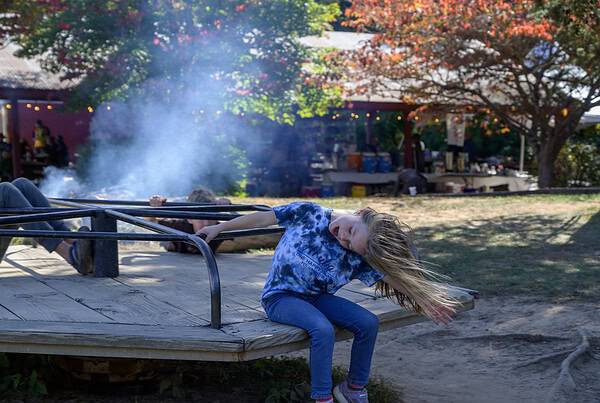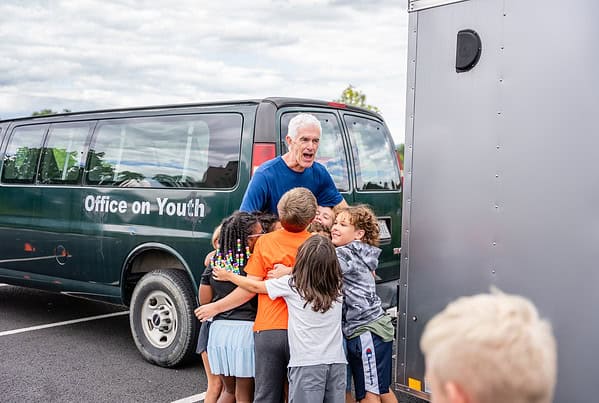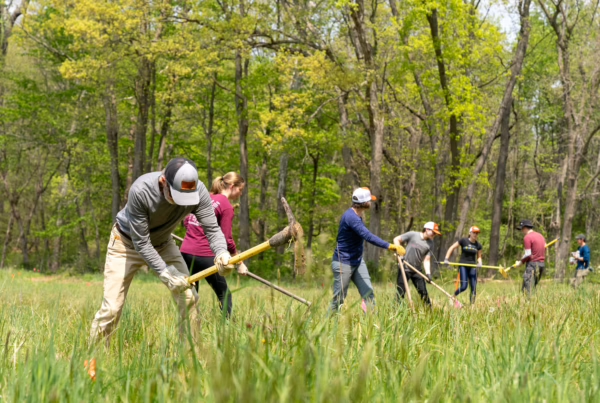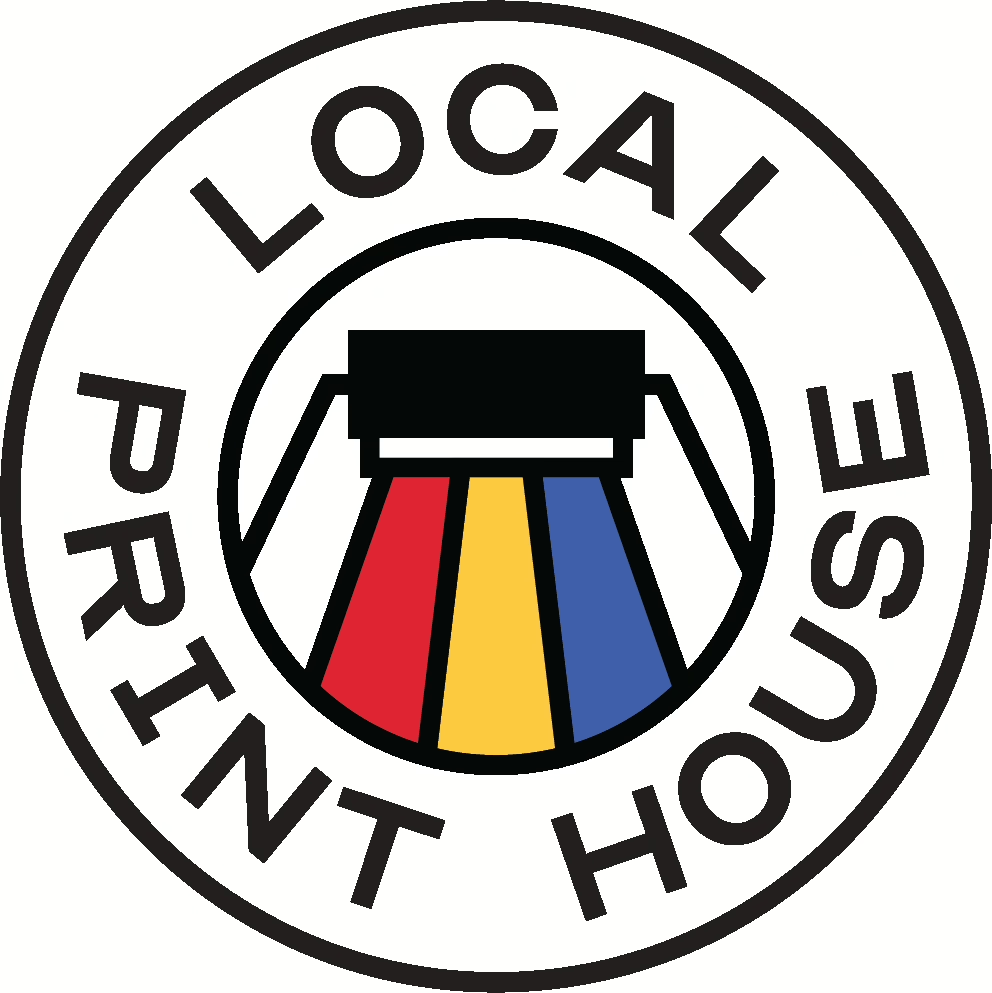The following is from Bikes Belong:
Bicycling is for everyone
- More than 42 million Americans 6 and older—15% of the population—rode a bike for recreation in 2010, making it the second-most-popular outdoor activity in the U.S.
- In 2009, Americans made 4 billion trips by bicycle.
Bicycling is the ideal way to take short trips
- Most trips Americans make are short: 50% are less than 3 miles, 40% are less than 2 miles, and 28% are less than 1 mile.
Bicycling can help you live longer and better
- Adults who bike to work have better weight, blood pressure, and insulin levels.
- Women who bike 30+ minutes a day have a lower risk of breast cancer.
- Adolescents who bicycle are 48% less likely to be overweight as adults.
Bicycling boosts the economy
- The U.S. bike industry supports 1.1 million jobs and generates $1.8 billion in taxes.
- Homes closer to bike paths are more valuable.
- Bicycling can reduce obesity and overweight, which cost the U.S. $270 billion per year.
Bicycling is less expensive than driving—for individuals and society
- The average American household spends $8,758 per year on car payments and vehicle operating expenses – more than they spend on food.
- On a round-trip commute of 10 miles, bicyclists save around $10 daily.
- For every two miles that someone bikes instead of drives, they save society $1.
Bicycling reduces road congestion and air pollution
- Traffic congestion wastes 4.8 billion hours and 3.9 billion gallons of gas per year in the U.S., costing the country an additional $115 billion.
- For every 1 mile pedaled rather than driven, nearly 1 pound of CO2 is saved.
Bicycling is safe, and together we can make it safer
- The health benefits of bicycling outweigh the risks by a factor of 20:1.
- Safety in numbers: the more people who ride, the safer bicycling becomes.
And this is from America Bikes:
- Bicycling and walking make up 10% of all trips made in the U.S., but receive less than 2% of federal transportation funding.
- Bicyclists and pedestrians account for 13% of traffic fatalities, but receive less than 1% of federal safety funding.
- 40% of all trips in America are two miles or less, 74% of which are traveled by car.
- Americans spend, on average, 18% of their annual income for transportation. The average annual operating cost of a bicycle is 3.75% ($308) of an average car ($8,220).
- A small reduction in driving causes a large drop in traffic. In 2008, the number of vehicle miles traveled dropped 3%, translating to a nearly 30% reduction in peak hour congestion.
- Transportation sources account for 70% of our nation’s oil consumption and for 30% of total U.S. GHC emissions.
- Simply increasing bicycling and walking from 10% of trips to 13% could lead to fuel savings of around 3.8 billion gallons a year. This is equivalent to having 19 million more hybrid cars on the road.
- 89% of Americans believe that transportation investments should support the goals of reducing energy use.
- 71% of Americans report that they would like to bicycle more. 53% favor increasing federal spending on bicycle lanes and paths.
- For the price of one mile of four-lane urban highway, around $50 million, hundreds of miles of bicycle and pedestrian infrastructure can be built, an investment that could complete an entire network of active transportation facilities for a mid-sized city.
See also:
- International Mountain Bike Association: Why Bike-Friendly Communities are Good and Kids and Mountain Biking
- Alliance for Biking and Walking: Resource Library
- Pedestrian and Bicycle Information Center: Benefits of Bicycling
- International Bicycle Fund: 60 benefits of Bicycling





